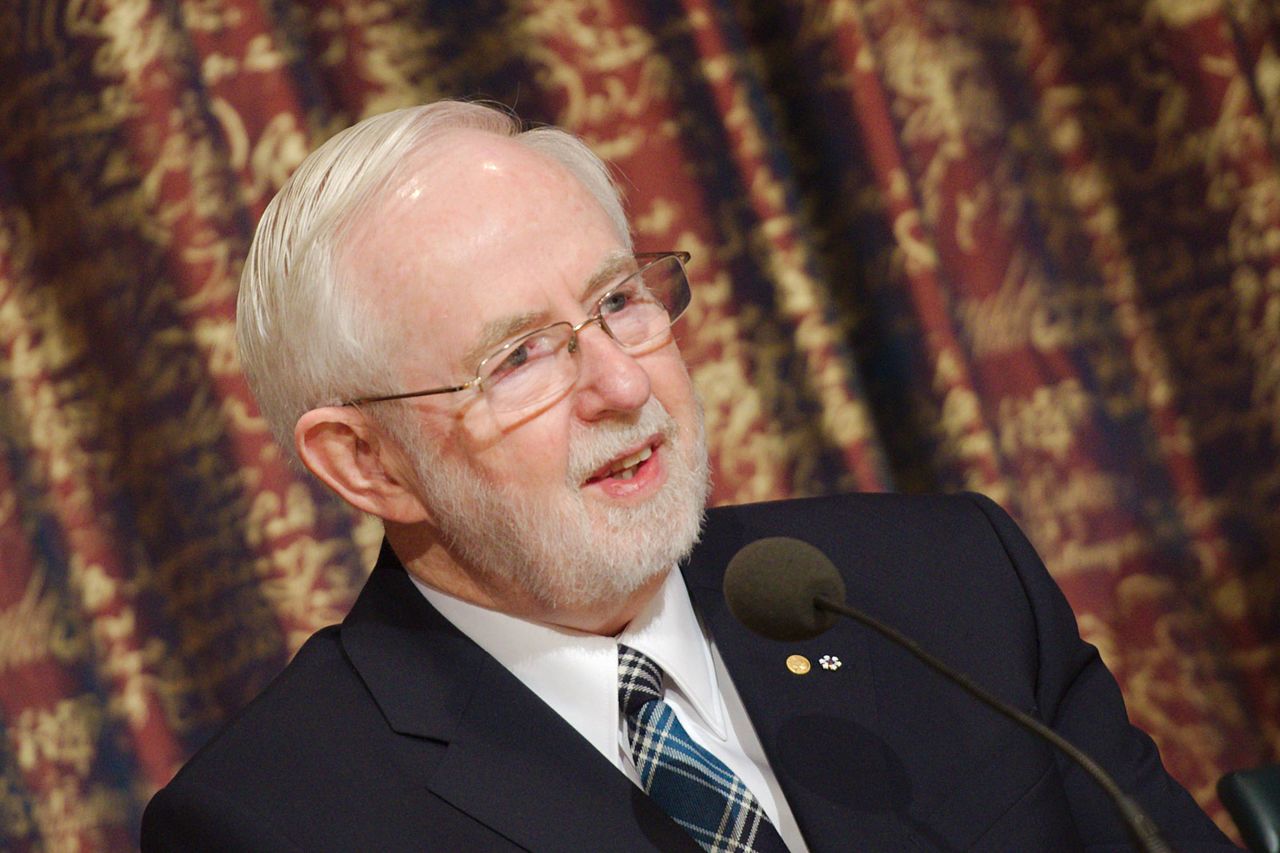
Abstract
By going deep underground and creating ultra-clean detectors it is possible to address some very fundamental questions about our Universe: How does the Sun burn? What are the dark matter particles making up 26% of our Universe? What are the properties of neutrinos, elusive particles that are one of the fundamental building blocks of nature? How do these particles influence how our Universe evolves? With the Sudbury Neutrino Observatory (SNO) we went 2 km underground to observe new properties of neutrinos that are beyond the Standard Model of Elementary Particles and also confirm that the models of how the Sun burns are very accurate. Through the Global Argon Dark Matter Collaboration, involving the Gran Sasso (Italy), SNOLAB (Canada) and CANFRANC (Spain) underground laboratories and more than 400 international scientists, we hope to push the sensitivity for detecting Dark Matter particles by more than a factor of 100 and perhaps observe a whole new type of matter. The collaboration is working towards the immediate deployment of a dark-matter detector called DarkSide-20k, relying on a target made of 20 ton ultra-pure argon from underground sources and novel technologies. This experiment and its successor, with a ten times bigger liquid argon target, promise the most complete exploration of the mass/parameter range of the present dark-matter paradigm.














